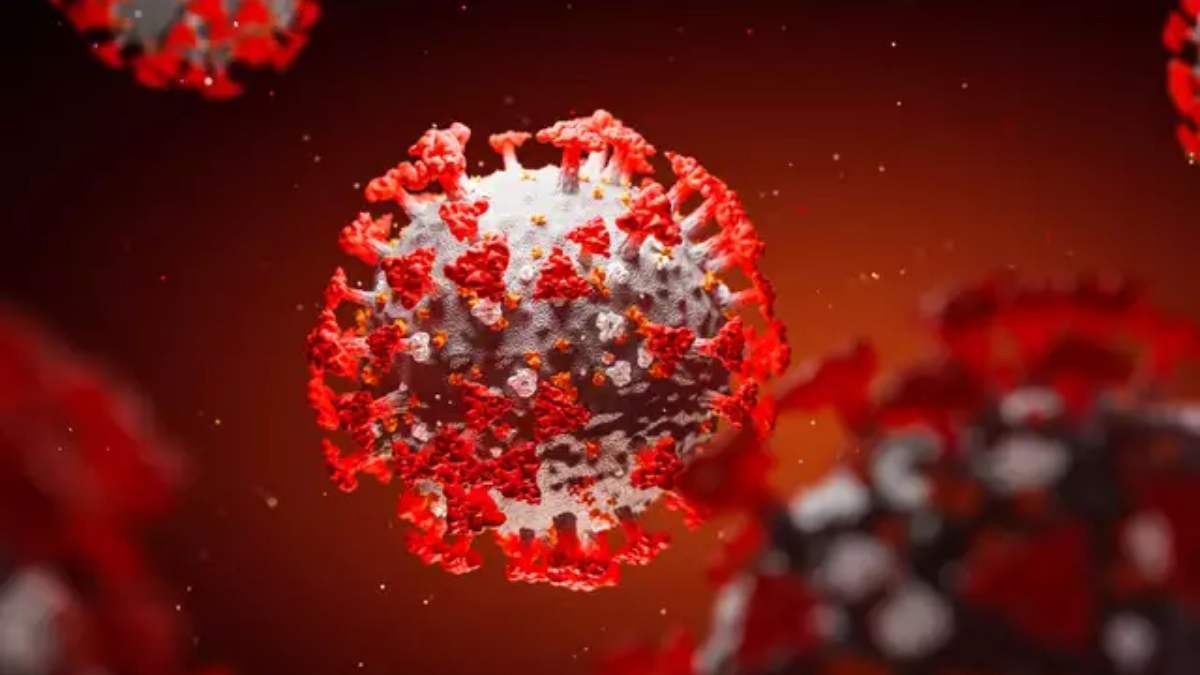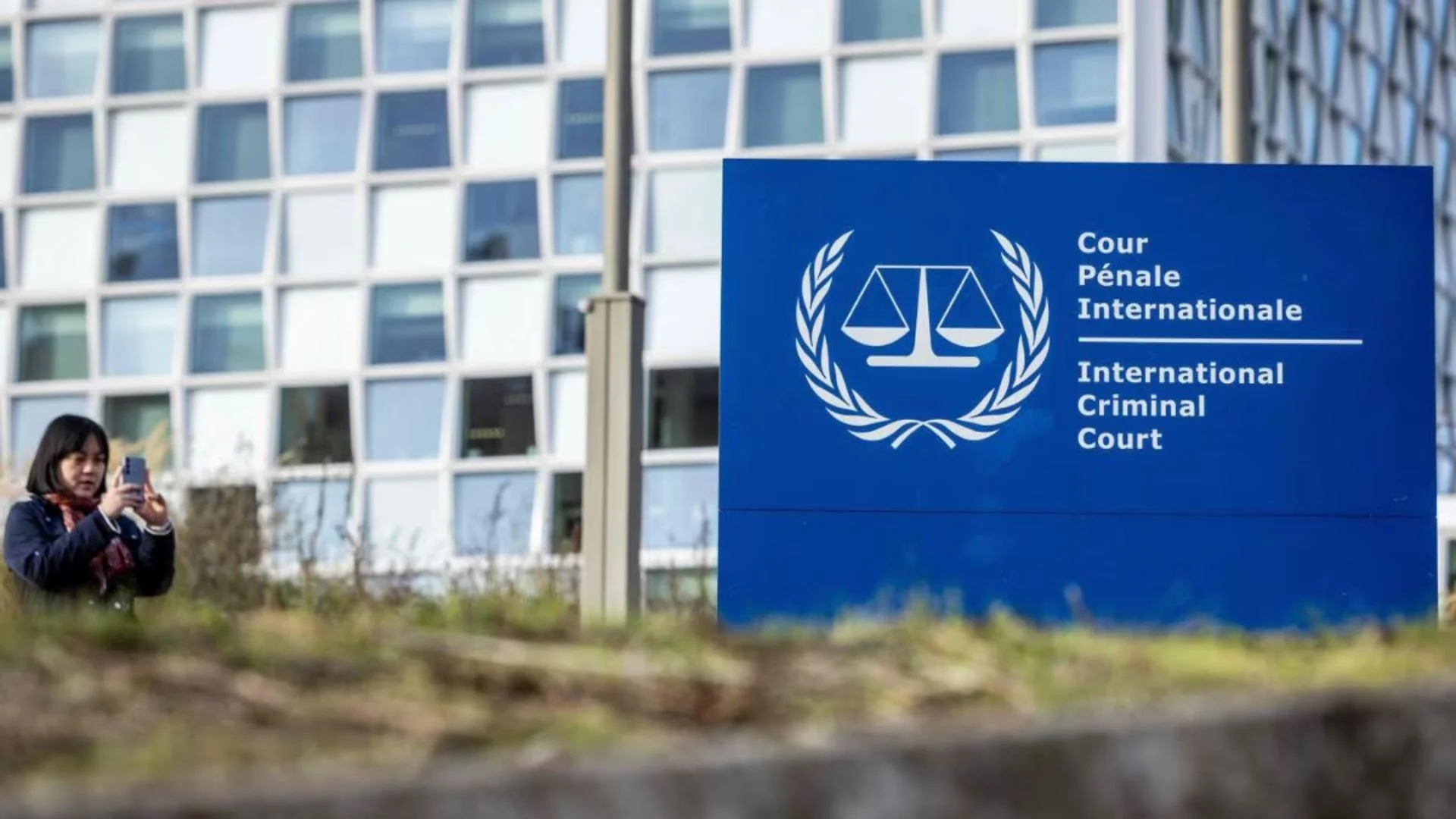Covid-19 has dominated the health discourse for over a year now but it doesn’t feel like a ‘Happy Anniversary’. Newspaper headlines aren’t going to change much in the next few months; public attention is focused on more possible lockdowns, rising Covid-19 numbers and higher mortality.
Meanwhile, another crisis may be brewing just below our national radar.
Covid-19 has had significant effects on healthcare workers, the healthcare infrastructure and healthcare systems. Most of all, the pandemic has had a serious impact on patients that fall into two categories:
• First, interruptions in treatment, testing and monitoring on patients – particularly those with non-communicable diseases (NCDs) like diabetes, cancer and heart disease – are expected to raise long-term risks
• Second, many medical experts also believe Covid-19 will have even more serious effects on patients with NCDs
Both impacts need deeper analysis.
The Ministry of Health & Family Welfare’s (MoHFW) Health Management Information System data reported that inpatient admissions declined by 45% in the first quarter of FY 2020-21 (April to June), compared to the same period in the previous year. Anecdotal reports suggest that things haven’t improved since then, though we will have to wait for more updated information.
Outpatient visits declined by 43%, including treatment of cancer and acute heart disease. Doctors fear that the delays in treatment can have longer-term effects; patients’ conditions could have become much more dangerous. A large number — 28% — of patients with kidney disease have missed at least one dialysis session.
Before the pandemic, NCDs were already the biggest cause of deaths globally; they killed 41 million people each year, or 71% of deaths (in India that number is 61.8%. According to the World Health Organisation’s (WHO) Global Burden of Disease study, more than 182 million people in India suffer from NCDs. In a rapid assessment of service delivery for NCDs reported in June 2020, the WHO found that health facilities in rural India received 30% fewer patients with acute cardiac emergency patients in March 2020, compared to the previous year.
Mortality rate analysis could provide other clues on the pandemic’s impact on NCD patients. The Consumer Pyramids Household Survey (CPHS) covers the same 232,000 households three times a year and captures data on mortality (but not cause of death). An analysis by Renuka Sane and Ajay Shah of the National Institute of Public Finance and Policy (NIPFP) showed that it almost doubled in 2020 over 2019. Covid-19 couldn’t fully account for the increase, but death from one or more NCDs could at least partially explain the significant jump in mortality.
From the currently available information, how long the pandemic will persist, is not clear, but it is not expected to be permanent. NCDs, however, are going to be around for a long time. The Covid-19 pandemic shows us the urgency of addressing gaps in our healthcare system that could significantly reduce national health risks over the long term.
WHAT CAN WE DO?
The first challenge is to improve access to healthcare services; this is partly addressed by telehealth/telemedicine, but more is needed. Providing access to medicines, vaccines, and services even to the most remote locations is necessary. The healthcare system should be able to respond to situations like Covid-19, quickly and effectively. How? Private-public partnerships: and solutions should increase both the scope and scale of access.
Second, the spirit of Atmanirbharata or self-reliance will have to be real. Nowhere is this more critical than in the domestic manufacturing capacity of APIs, or active pharmaceutical ingredients, a key input in drug-making. Almost all our entire API needs are met by imports; this is unsustainable. Government can create self-reliance with the right policy incentives.
Third, as the world’s pharmacy, we have to get bigger and better. In short, Indian pharma companies need to innovate, invent, and discover new drugs and therapies. This is a long-haul affair, but even the longest journey begins with the first step. Investing in research and development needs both initiative, and a supportive and stable policy environment. Drug companies say they have the inclination and can make up for the lost time.
US President John F Kennedy once pointed out that the Chinese word for crisis is made up of two characters: one represents danger and the other opportunity. We are living through the danger; let’s also take on the opportunity and press down on the accelerator pedal.
The writer is Healthcare Practice Lead at SPAG.























